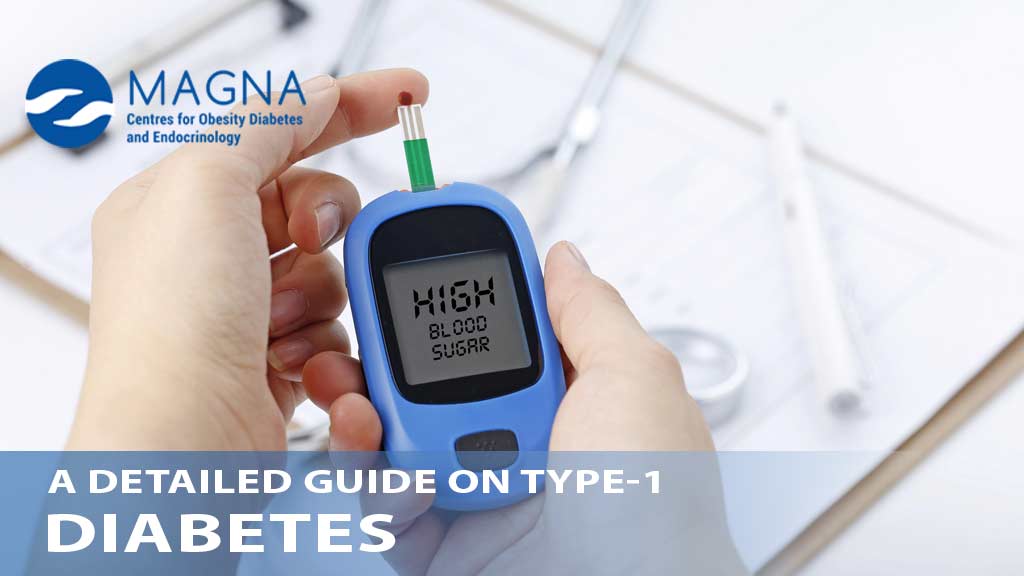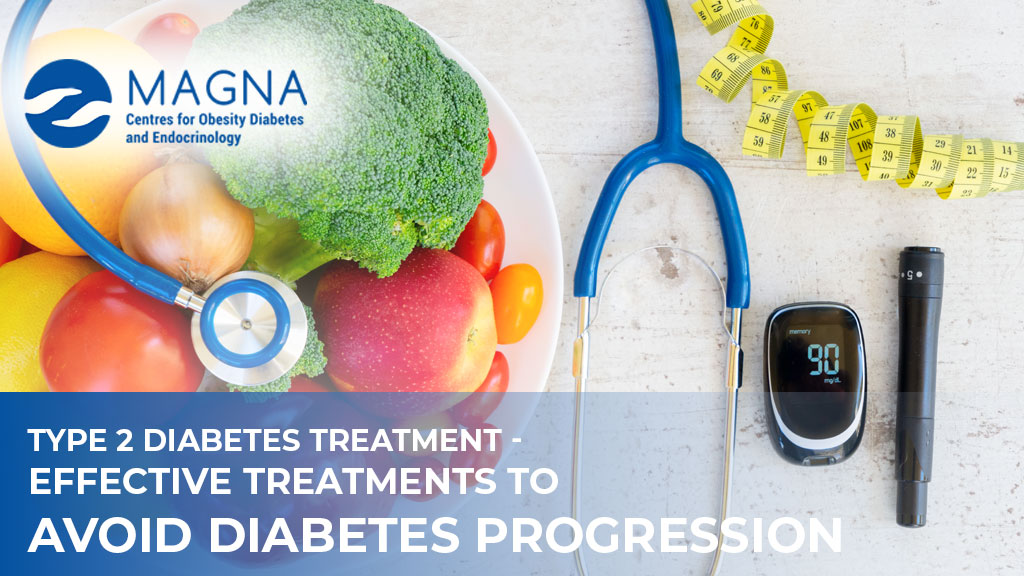December 10 , 2018
NUTRITION AND PCOS
Understanding PCOS
Polycystic ovary syndrome (PCOS) is typically earmarked by irregular periods or by no menstruation at all.
Women with PCOS typically have multiple cysts in their ovaries, caused by an overproduction of hormones called androgens.
Around 50 percent of women with the disorder are overweight or obese. Common symptoms include:
Women with PCOS, particularly when its symptoms are not managed, may also be at greater risk for:
- heart disease
- endometrial cancer
- diabetes
- high blood pressure
Many women with PCOS find they’re able to manage their symptoms and reduce their risk of other medical concerns by controlling their diet and lifestyle choices.
How does diet affect PCOS?
Women with PCOS are often found to have higher than normal insulin levels. Insulin is a hormone that’s produced in your pancreas. It helps the cells in your body turn sugar (glucose) into energy.
If the body doesn’t produce enough insulin, your blood sugar levels can rise. This can also happen if you’re insulin resistant, meaning you aren’t able to use the insulin you do produce effectively.
If the body is insulin resistant, your body may try to pump out high levels of insulin in an effort to keep your blood sugar levels normal. Too-high levels of insulin can cause your ovaries to produce more androgens, such as testosterone.
Insulin resistance may also be caused by having a body mass index above the normal range. Insulin resistance can make it harder to lose weight, which is why women with PCOS often experience this issue.
A diet high in refined carbohydrates, such as starchy and sugary foods, can make insulin resistance, and therefore weight loss, more difficult to control.
What foods should be added to the diet?
Foods to add
- high-fiber vegetables, such as broccoli
- lean protein, such as fish
- anti-inflammatory foods and spices, such as turmeric and tomatoes
1.High-fiber foods can help combat insulin resistance by slowing down digestion and reducing the impact of sugar on the blood. This may be beneficial to women with PCOS.
Great options for high-fiber foods include:
- cruciferous vegetables, such as broccoli, cauliflower, and Brussels sprouts
- greens, including red leaf lettuce and arugula
- green and red peppers
- beans and lentils
- almonds
- berries
- sweet potatoes
- winter squash
- pumpkin
2.Lean protein sources like tofu, chicken, and fish don’t provide fiber but are very filling and a healthy dietary option for women with PCOS.
3.Foods that help reduce inflammation may also be beneficial. They include:
- tomatoes
- kale
- spinach
- almonds and walnuts
- olive oil
- fruits, such as blueberries and strawberries
- fatty fish high in omega-3 fatty acids, such as salmon and sardines
Which foods should be limited or avoided?
Foods to avoid
- foods high in refined carbohydrates, such as white bread and muffins
- sugary snacks and drinks
- inflammatory foods, such as processed and red meats
1.Refined carbohydrates cause inflammation, exacerbate insulin resistance, and should be avoided or limited significantly. These include highly-processed foods, such as:
- white bread
- muffins
- breakfast pastries
- sugary desserts
- white potatoes
- anything made with white flour
Pasta noodles that list semolina, durum flour, or durum wheat flour as their first ingredient are high in carbohydrates and low in fiber. These should be removed from your diet.
Pastas made from bean or lentil flour instead of wheat flour are an excellent alternative.
2.Sugar is a carbohydrate and should be avoided wherever possible. When reading food labels, be sure to look for sugar’s various names. These include:
- sucrose
- high fructose corn syrup
- dextrose
Sugar can also lurk in the things you drink, such as soda and juice.
3.It’s a good idea to reduce or remove inflammation-causing foods, such as fries, margarine, and red or processed meats from your diet as well.
Nutrition Guidelines in PCOS (Polycystic Ovary Syndrome):
Since the origin of most symptoms associated with PCOS is thought to be related to insulin resistance, nutrition guidelines and lifestyle recommendations are centered on treating insulin resistance and its long term health effects.
The following recommendations have proven successful in treatment:
- Weight Loss: even a 10% reduction in body weight will decrease insulin resistance.
- Do not skip meals. Try not to let more than four to five hours go between meals/snacks to maintain stable blood sugars and diminish extreme hunger.
- Gradually increase intake of high fiber carbohydrate foods. Emphasize lean protein foods at 15 to 20% of total calories. Try to include protein with most meals and snacks.
- Consume about 25 to 30% of calories as fat – emphasizing low saturated fat foods and increased monounsaturated and omega-3 fatty acid food choices. Avoid foods containing trans fats.
- Include two to three servings of low fat dairy foods per day, such as skim or 1% milk, yogurt, lite cheese, cottage cheese etc.
- Some phyto-nutrients might improve insulin resistance. Caissia cinnamon; low fat dairy foods; nuts especially walnuts; orange and leafy green vegetables such as spinach or kale; carrots, yams and sweet potatoes.
- Vitamin D deficiency has been associated with insulin resistance and reduced pancreatic beta cell function.
Exercise:
It’s really important that girls with PCOS exercise, because exercise brings down insulin levels, can help with weight loss, is important for cardiovascular health, and can help improve mood. Exercise can be especially helpful in lowering insulin directly after a meal. So, if possible, go for a walk or find an enjoyable way to move your body after you eat a meal. Any increase in exercise helps, so find an activity, sport, or exercise that you enjoy. If you aren’t doing a lot of exercise now, start slowly, and build up to your fitness goal. If you only exercise once in a while, try to exercise more regularly. Work towards increasing your physical activity to at least 5 days a week for 60 minutes per day.






